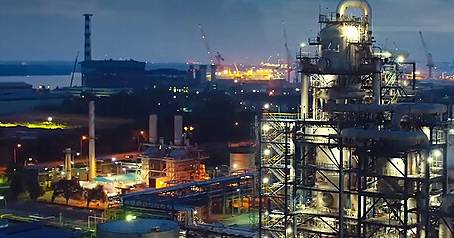Dec . 10, 2024 15:18 Back to list
ppr hot water pipe
The Benefits and Considerations of PPR Hot Water Pipes
In modern plumbing and construction, the choice of materials is paramount for ensuring durability, efficiency, and safety. One of the noteworthy materials that have gained popularity in recent years is Polypropylene Random Copolymer (PPR) pipes, particularly for transporting hot water. This article explores the benefits of PPR hot water pipes, their applications, and important considerations when using them.
What are PPR Pipes?
PPR pipes are made from a type of polypropylene that is designed for both hot and cold water systems. This thermoplastic material is known for its excellent chemical resistance and ability to withstand high temperatures, making it a suitable choice for hot water applications. PPR pipes are produced through a process that results in a high-quality product, free from harmful additives, making them a safe choice for a wide range of plumbing needs.
Key Benefits of PPR Hot Water Pipes
1. Thermal Resistance One of the prominent advantages of PPR pipes is their thermal stability. They can withstand temperatures up to 95°C (203°F) without deforming or losing structural integrity. This makes them ideal for hot water systems in residential and commercial buildings.
2. Durability PPR pipes are highly resistant to corrosion, scaling, and rust, which are common issues with metal pipes over time. Their durability ensures a long lifespan, often exceeding 50 years, with minimal maintenance, leading to lower overall costs in plumbing installations.
3. Lightweight and Easy to Handle Compared to traditional metal pipes, PPR pipes are significantly lighter, making them easier to transport and install. This lightweight nature reduces labor costs and can speed up project timelines.
4. Low Thermal Conductivity PPR pipes have low thermal conductivity, which means they lose less heat during transportation. This property not only improves energy efficiency by reducing heating costs but also minimizes the risk of burns from pipe surfaces.
5. Flexibility in Installation PPR pipes can be easily joined through fusion welding, creating a monolithic system with no joints. This welding technique enhances the overall strength of the installation and eliminates potential leak points, a common issue in conventional plumbing systems.
ppr hot water pipe

6. Eco-Friendly PPR is a recyclable material, providing an environmentally friendly option for plumbing. Its long lifespan also means less waste generated from replacements and repairs.
Considerations When Using PPR Pipes
While PPR hot water pipes offer numerous advantages, there are also important considerations to keep in mind
1. Installation Expertise Proper installation is crucial for maximizing the benefits of PPR pipes. Fusion welding requires specialized training and equipment, so hiring qualified professionals is essential to avoid issues.
2. Temperature Limitations Although PPR can handle high temperatures, it is important to ensure that the operating conditions do not exceed the manufacturer's specifications to maintain integrity.
3. Expansion and Contraction Like all plastic pipes, PPR can expand and contract with temperature changes. Adequate allowances must be made during installation to prevent stress on joints and fittings.
4. Regulatory Standards Ensure that PPR pipes meet local plumbing codes and standards. This compliance is essential for safety and may also influence warranties and insurance.
Conclusion
PPR hot water pipes present a reliable, efficient, and environmentally friendly solution for modern plumbing needs. Their thermal resistance, durability, and ease of installation make them a favorable choice for both residential and commercial applications. However, careful consideration and expert installation are necessary to fully capitalize on their benefits. As the demand for sustainable and efficient plumbing solutions continues to grow, PPR pipes serve as a promising option for the future of hot water systems.
-
HDPE Pipe Fittings: Durable, Leak-Proof Solutions
NewsAug.16,2025
-
Premium CPVC Sheet: High-Temp & Chemical Resistant Solutions
NewsAug.15,2025
-
Durable PPR Pipe for Hot & Cold Water Systems - Easy Install
NewsAug.14,2025
-
Durable HDPE Sheet | Versatile & Impact-Resistant Plastic
NewsAug.13,2025
-
Premium PVC Soft Sheets: Clear, Flexible & Durable
NewsAug.12,2025
-
Premium PVC Round Rods: Durable, Chemical Resistant, Easy to Machine
NewsAug.11,2025

